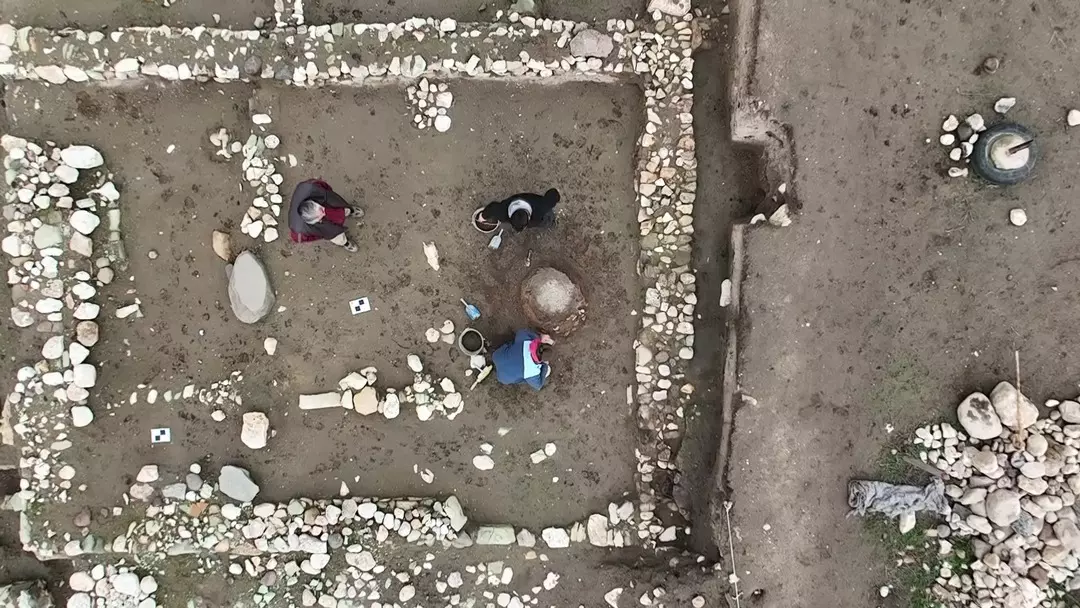The discovery of a tiny gold pendant in Jerusalem, dating back approximately 3,000 years to the first temple era, has sparked excitement among archaeologists and scholars. The four-millimeter pendant, shaped like a basket with semi-circular handles, was unearthed during excavations in the Ophel area, south of Temple Mount, a decade ago.
Recent examination of the artifact revealed that it is made of electrum, a gold and silver compound, making it the earliest gold artifact found in Jerusalem. Archaeologist Brent Nagtegaal of the Armstrong Institute of Biblical Archaeology suggests that the pendant's Phoenician origin may provide evidence of Phoenician presence in Jerusalem during the 10th century BCE, corresponding to the time of King Solomon.
This finding has significant implications for biblical scholarship, as it potentially supports accounts of interactions between King Hiram of Tyre and King David and King Solomon, as described in the Hebrew Bible. The pendant may also indicate trade between Phoenicia and Jerusalem during this period.
Previous discoveries in the Ophel area have suggested Phoenician cultural influence in Jerusalem during the first temple period. Further academic analysis of the pendant, along with a study of the area's stratigraphy, will be published in an upcoming report.
The pendant is currently on display at the "King David and Solomon Discovered" exhibit in Oklahoma, dedicated to the late Dr. Eilat Mazar, a renowned archaeologist who led excavations in Jerusalem and contributed significantly to the understanding of ancient Jerusalem and Phoenician culture.







